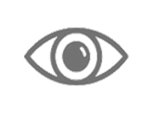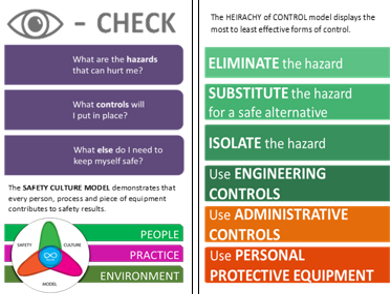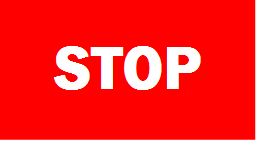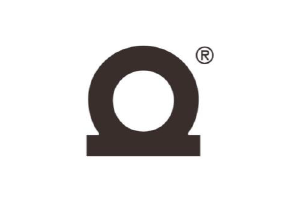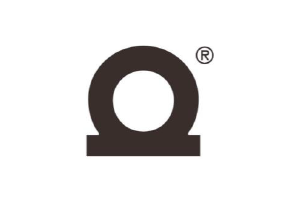Title Page
-
Job Name / Description
-
Conducted on
-
Prepared by
-
Location
Safety Culture Models
-
Use the following safety models when identifying hazards and controls.
Risk Assessment
Information Category
-
Current weather conditions
- Fair
- Hot
- Extreme heat
- Mild rain
- Heavy rain
- Mild wind
- Heavy wind
- Mild snow
- Heavy snow
- Cold
- Extreme cold
-
What regulatory controls and / or information needs to be adressed prior to this task?
- Standard Operating Procedure
- Formal Risk Assessment
- Lockout / Tagout Procedure
- SDS / MSDS / WHIMIS
- Transportation of Dangerous Goods
- Pre-Use Inspection
Risk Analysis / Hazard Rating
Risk Assessment Category
-
What is the risk of an unsafe event occurring with all identified safety controls in place?
-
STOP.
Consult with a Manager / Supervisor and complete / revise a formal risk assessment. -
CAUTION.
Consult with a Manager / Supervisor for assistance, training or supervision prior to starting task. -
SAFE.
Continue with the task. -
Hazard(s) Associated
- Anthropogenic / Behavioural
- Biological
- Chemical
- Economic / Production Loss
- Electrical
- Environmental
- Equipment Damage
- Ergonomic
- Extreme Cold
- Extreme Heat
- Fire / Expolsion
- Fatigue
- Health (Acute / Chronic)
- High Pressure Vessel / Pipes
- Kinetic Release / Loss of load
- Laceration / Cut / Puncture
- Mechanical
- Physical Trauma
- Pinch Points
- Psychosocial (Mental Health)
- Slip / Trip
- Sociological
-
Safety Control(s)
Endorsements
-
I am aware of my worker rights. <br>The right to a safe worksite, to know about hazards, to participate in health and safety activities and to refuse unsafe work.
-
STOP. Immediately consult with your Supervisor and review your worker rights at www.worksafebc.com
Your worker rights are:
The right to know about hazards in the workplace
The right to participate in health and safety activities in the workplace
The right to refuse unsafe work without getting punished or fired -
I am aware of my responsibilities.<br>I am responsible to work safe, notify Supervisors of unsafe conditions or events and remind others to do the same.
-
STOP. Immediately consult with your Supervisor and review your worker responsibilities at www.worksafebc.com
As a worker, you play an important role in making sure you — and your fellow workers — stay healthy and safe on the job. As a worker, you must:
Be alert to hazards. Report them immediately to your supervisor or employer.
Follow safe work procedures and act safely in the workplace at all times.
Use the protective clothing, devices, and equipment provided. Be sure to wear them properly.
Co-operate with joint occupational health and safety committees, worker health and safety representatives, WorkSafeBC prevention officers, and anybody with health and safety duties.
Get treatment quickly should an injury happen on the job and tell the health care provider that the injury is work-related.
Follow the treatment advice of health care providers.
Return to work safely after an injury by modifying your duties and not immediately starting with your full, regular responsibilities.
Never work under the influence of alcohol, drugs or any other substance, or if you're overly tired.
